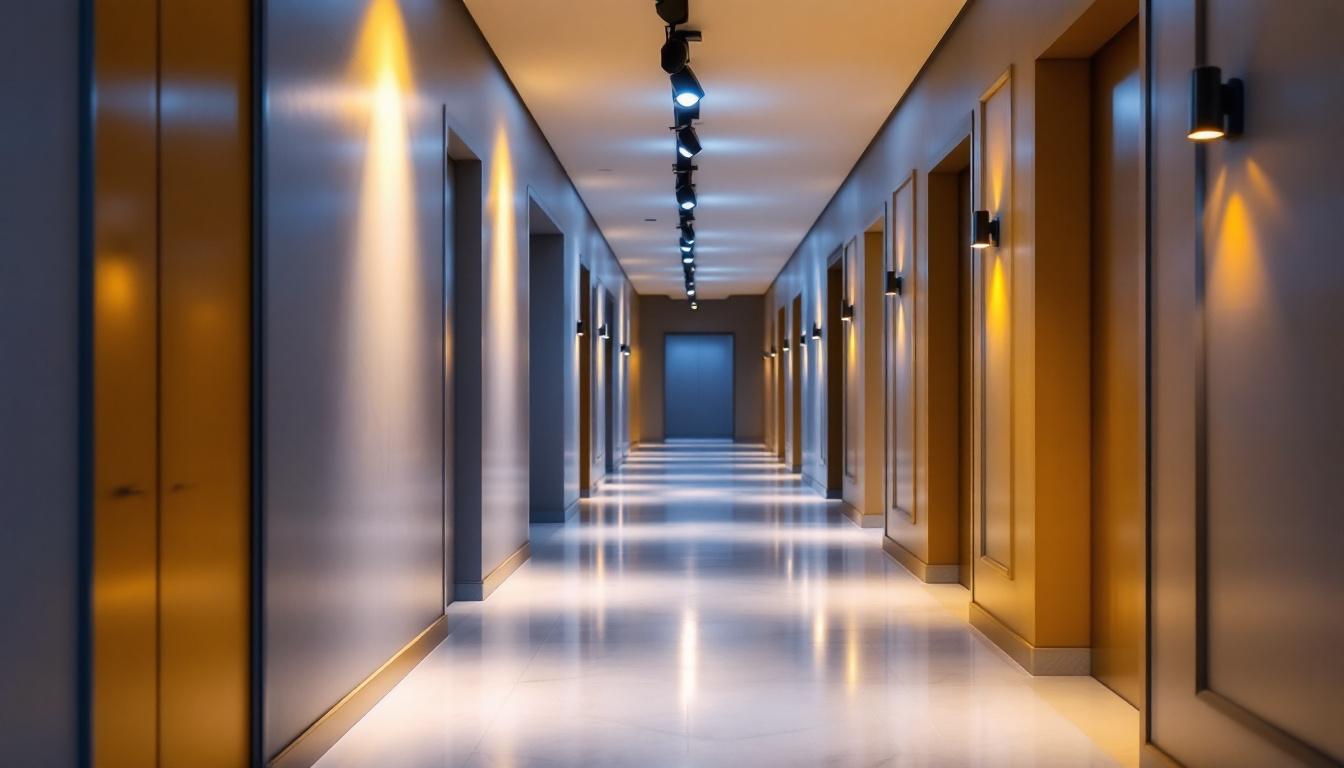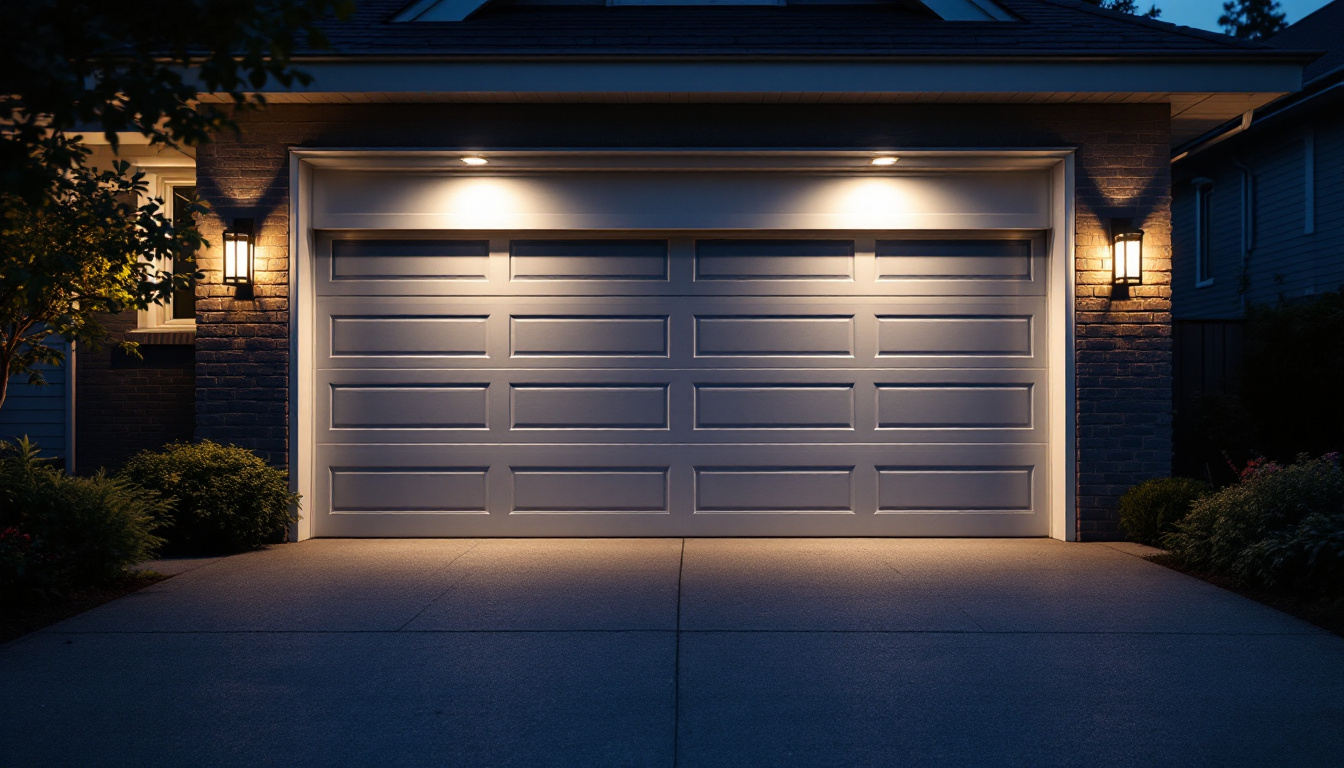
recessed can lights, often referred to as pot lights or downlights, have become a staple in modern lighting design. These fixtures are not only aesthetically pleasing but also versatile in their application. However, one critical component that often gets overlooked is the recessed can light cover. These covers play a significant role in ensuring compliance with various building codes and standards, making it essential for lighting contractors to understand their importance.
Recessed can light covers serve multiple functions, including insulation, protection from dust and debris, and contributing to the overall energy efficiency of the lighting system. They also help in maintaining the integrity of the ceiling structure, particularly in insulated ceilings. Understanding the nuances of these covers is crucial for any lighting contractor looking to provide high-quality installations that meet regulatory standards. Moreover, the right cover can enhance the longevity of the lighting fixtures, reducing the need for frequent replacements and repairs, which can save both time and money in the long run.
There are several types of recessed can light covers available on the market, each designed for specific applications and compliance requirements. The most common types include:
Each type of cover has its own set of compliance requirements, making it essential for lighting contractors to select the appropriate cover based on the specific project needs. Additionally, there are also specialized covers designed for unique environments, such as damp or wet locations, which are essential for ensuring safety and longevity in areas prone to moisture. Understanding these variations can help contractors not only meet regulatory standards but also provide tailored solutions that enhance the functionality and safety of their lighting installations.
Furthermore, the choice of cover can also influence the overall aesthetic of the space. For instance, decorative trims and finishes can be applied to certain types of recessed can light covers, allowing for a seamless integration into the interior design. This attention to detail can elevate the visual appeal of a room, making it essential for contractors to consider both the functional and design aspects when selecting recessed can light covers. As the demand for energy-efficient and stylish lighting solutions continues to grow, staying informed about the latest trends and technologies in recessed can lighting will be crucial for professionals in the field.
Compliance with local and national building codes is a fundamental aspect of any lighting installation project. Recessed can light covers must adhere to various standards to ensure safety, energy efficiency, and overall performance. Understanding these regulations is vital for lighting contractors to avoid potential penalties and ensure client satisfaction.
The National Electrical Code (NEC) sets forth guidelines that govern the installation of electrical systems, including recessed lighting. Specific sections of the NEC address the installation of recessed can lights and their covers, particularly in relation to insulation and air leakage. Contractors must be familiar with these sections to ensure that their installations comply with safety standards.
For instance, the NEC requires that recessed fixtures be rated for contact with insulation if they are installed in insulated ceilings. This means that contractors must select covers that are designed to withstand the heat generated by the light fixture while also preventing the insulation from coming into direct contact with the fixture.
Energy efficiency standards, such as those set by the Department of Energy (DOE) and the Environmental Protection Agency (EPA), also play a crucial role in the selection of recessed can light covers. These standards are designed to reduce energy consumption and promote sustainable building practices.
Lighting contractors should be aware of the energy efficiency ratings of the products they use. Many regions have adopted the International Energy Conservation Code (IECC), which includes specific requirements for air leakage and insulation in recessed lighting. Compliance with these standards not only ensures legal adherence but also enhances the energy performance of the building.
When selecting recessed can light covers, several factors must be considered to ensure compliance and optimal performance. These factors include the type of ceiling, insulation requirements, and the specific lighting application.
The type of ceiling where the recessed lights will be installed significantly influences the choice of cover. For instance, in insulated ceilings, it is crucial to use covers that are rated for contact with insulation. This not only ensures compliance with the NEC but also enhances the energy efficiency of the lighting system.
In contrast, non-insulated ceilings may allow for the use of standard covers, which can be more cost-effective. However, contractors should still consider the long-term benefits of using higher-rated covers, as they can contribute to better energy performance and reduce the risk of future compliance issues.
The intended application of the recessed lighting also plays a role in the selection of covers. For example, residential applications may have different requirements compared to commercial installations. In commercial settings, where energy efficiency and compliance are often more rigorously enforced, air-tight covers may be necessary to meet specific building codes.
Contractors should engage with clients to understand their specific needs and ensure that the selected cover aligns with the intended use of the space. This collaborative approach can lead to better outcomes and enhanced client satisfaction.
Proper installation of recessed can light covers is crucial for ensuring compliance and optimal performance. Lighting contractors should adhere to best practices during installation to avoid common pitfalls that could lead to compliance issues or performance problems.
Each recessed can light cover comes with specific manufacturer guidelines that outline installation procedures, safety precautions, and compliance requirements. It is essential for contractors to familiarize themselves with these guidelines before beginning the installation process.
Following manufacturer recommendations helps ensure that the covers are installed correctly, which can prevent issues such as heat buildup, air leakage, or insulation contact that could compromise safety and performance.
Before finalizing the installation, contractors should conduct thorough inspections to ensure that all components are properly installed and compliant with relevant codes. This includes checking for proper sealing, insulation contact, and overall fit of the recessed can light covers.
Any discrepancies should be addressed immediately to avoid potential compliance issues down the line. A proactive approach to inspections can save time and resources while ensuring a high-quality installation.
Despite the best intentions, lighting contractors may encounter challenges when working with recessed can light covers. Understanding these challenges and having solutions at hand can make the installation process smoother and more efficient.
One of the most common challenges faced during the installation of recessed can light covers is air leakage. This can occur when covers are not properly sealed or when there is a mismatch between the cover and the ceiling structure. Air leakage not only affects energy efficiency but can also lead to compliance issues with energy codes.
To mitigate this issue, contractors should use air-tight covers and ensure that all seams are properly sealed during installation. Additionally, using caulk or foam sealant around the edges of the cover can help create a tighter seal, reducing the risk of air leakage.
Another challenge is ensuring that recessed can lights do not come into direct contact with insulation, which can pose a fire hazard and violate NEC regulations. Properly rated covers must be used to prevent this issue.
Contractors should educate clients about the importance of using the right covers and ensure that the installation adheres to safety guidelines. Additionally, maintaining a clear separation between the fixture and insulation can help avoid potential hazards.
The lighting industry is continually evolving, and recessed can lighting is no exception. As technology advances and energy efficiency becomes increasingly important, several trends are emerging that lighting contractors should be aware of.
Smart lighting technology is gaining traction, allowing homeowners and businesses to control their lighting systems remotely. Recessed can lights are becoming compatible with smart home systems, enabling users to adjust brightness, color temperature, and schedules through mobile apps or voice commands.
Lighting contractors should stay informed about the latest smart lighting products and consider integrating these features into their installations. This not only enhances the functionality of the lighting system but also appeals to tech-savvy clients looking for modern solutions.
As sustainability becomes a priority for many consumers, energy-efficient lighting solutions are in high demand. Recessed can lights that utilize LED technology and meet strict energy efficiency standards are becoming the norm. Contractors should focus on offering products that align with these values, ensuring compliance with energy codes while also appealing to environmentally conscious clients.
Recessed can light covers are a crucial aspect of lighting installations that require careful consideration by lighting contractors. Understanding the compliance standards, selecting the appropriate covers, and adhering to best practices during installation are essential for ensuring safety, performance, and client satisfaction.
As the industry continues to evolve, staying informed about emerging trends and technologies will empower contractors to provide high-quality, compliant installations that meet the needs of their clients. By prioritizing education and adherence to regulations, lighting contractors can position themselves as leaders in the field, ready to tackle the challenges and opportunities that lie ahead.
Ready to elevate your lighting installations with the highest quality recessed can light covers? Look no further than LumenWholesale. Our spec-grade lighting products are designed to meet the most rigorous industry standards, ensuring your projects shine with safety, efficiency, and style. With unbeatable wholesale prices and the convenience of free shipping on bulk orders, you can trust LumenWholesale to provide the best value without any hidden fees. Don’t compromise on quality or cost—choose LumenWholesale for your lighting needs. Wholesale Lighting at the Best Value.

Discover how track wall lights can transform your space by enhancing safety and functionality in lighting installations.

Discover essential insights and expert tips on UV sanitizer lights tailored for lighting contractors.

Discover how outdoor garage door lights can enhance efficiency for lighting contractors.

Discover the key insights lighting contractors need to meet client expectations for stairway illumination.